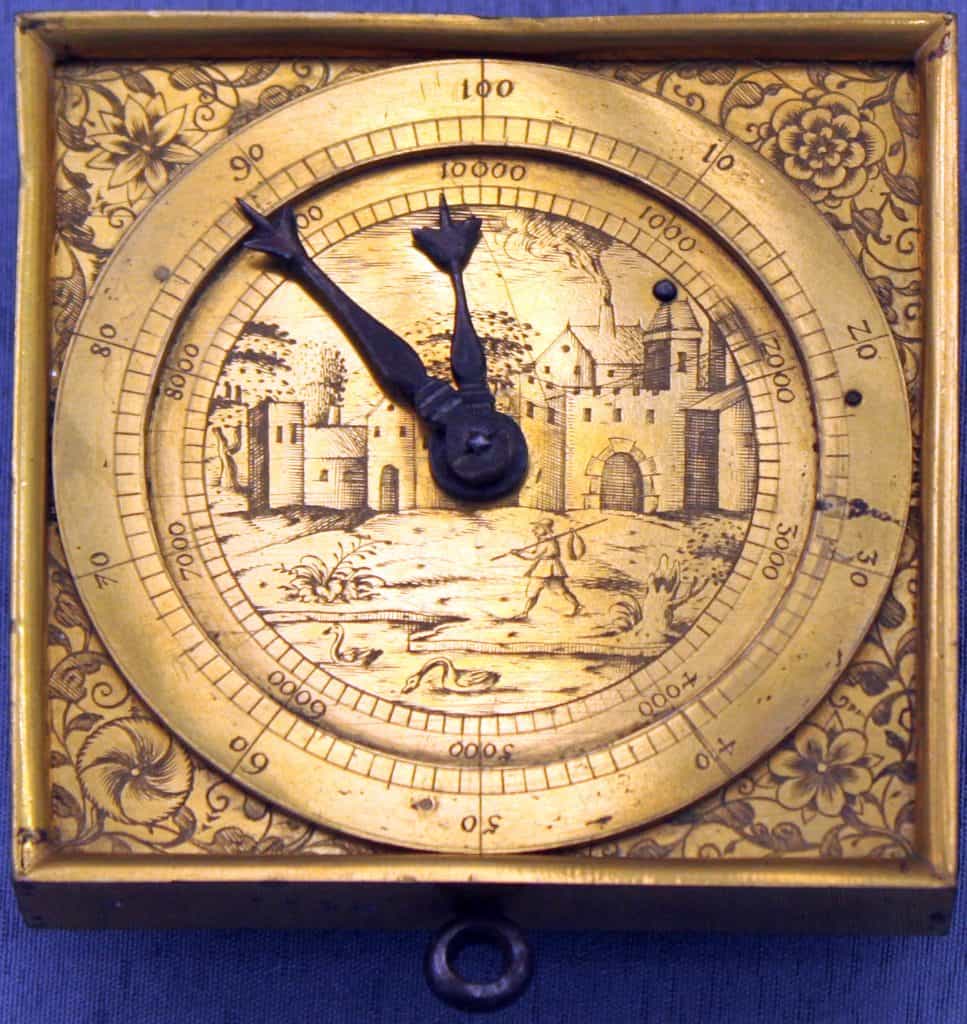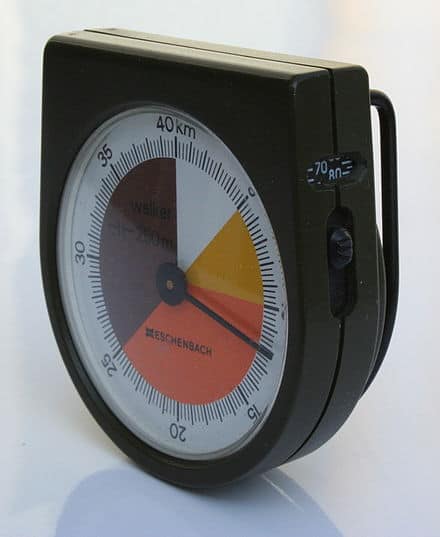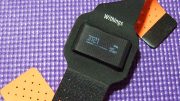What is the history of pedometers?
Pedometers were first popular in the 1960s. They gained fame in the 1964 Olympics in Japan as the 10,000 Step Meter or Manpo-Kei. This caused a fitness explosion in Japan and many walking clubs sprung into existence. Even though this is when pedometers gained popularity, they have existed for many centuries prior to that date.

One published article or letter prior to 1960 was in 1912 in Science which referred to the pedometer as nothing more than an “ingenious toy”. There were sketches by Leonard da Vinci of a pedometer liked device that he envisioned for military applications[1], but the first device was likely produced by Swiss watchmaker names Abraham-Louis in 1780[2]. According to Wikipedia, a mechanical pedometer obtained from France was introduced in the US by Thomas Jefferson[3]. Both devices measured the steps and distance while walking.

In 1965 a pedometer called a manpo-kei (meaning “10,000 steps meter” Japanese: 万歩計) was marketed in Japan by Y. Hatano[4]. Y. Hatano promoted “manpo-kei pedometers” from 1985 after his research was accepted as proving that 10,000 Steps A Day was the proper balance of caloric intake and activity-based caloric expenditure to maintain a healthy body. There were several pedometers made in the late 60s in Japan. The next big move was in the 1970s and 1980s in the United States as the Jogging revolution began, but the true move came with the micro-sizing of electronics and the smartphone and watch revolution of the 2010s.

I remember my first pedometer. It was a yellow pedometer what was very similar to the above pedometer in Figure 2 and 3. It was similar to Figure 3 but did not have a button. It had three wheels like an odometer and could count up to 99,999 steps. It was very similar to a 1970s to 1980s clock with rotating wheels with numbers. Pedometers have come a long way.
The bottom line: Pedometers have a lon standing history and do not need to be as complicated as a Fitbit or Apple Watch. You can still lose weight and get more fit with a simple mechanical pedometer.
References:
- [1]R. Persaud, In Sight of Leonardo Da Vinci Letters From His Notebooks. Ravi Persaud, 2007.
- [2]“Abraham-Louis Perrelet – Wikipedia, the free encyclopedia,” Wikipedia. [Online]. Available: https://en.wikipedia.org/wiki/Abraham-Louis_Perrelet. [Accessed: 02-Oct-2016]
- [3]“Thomas Jefferson, Abraham Lincoln, Louis Brandeis and the ~Mystery of the Universe,” B.U. J. SCI. & TECH. L., vol. 1, p. 3, May 1995 [Online]. Available: http://www.bu.edu/law/journals-archive/scitech/volume1/wolf.pdf
- [4]“Pedometer – Wikipedia, the free encyclopedia,” Wikipedia. [Online]. Available: https://en.wikipedia.org/wiki/Pedometer#cite_note-7. [Accessed: 02-Oct-2016]






Be the first to comment on "Pedometers: Part 2: History of Pedometers"